This unique system has entered its commissioning phase to usher-in a new era in space observation
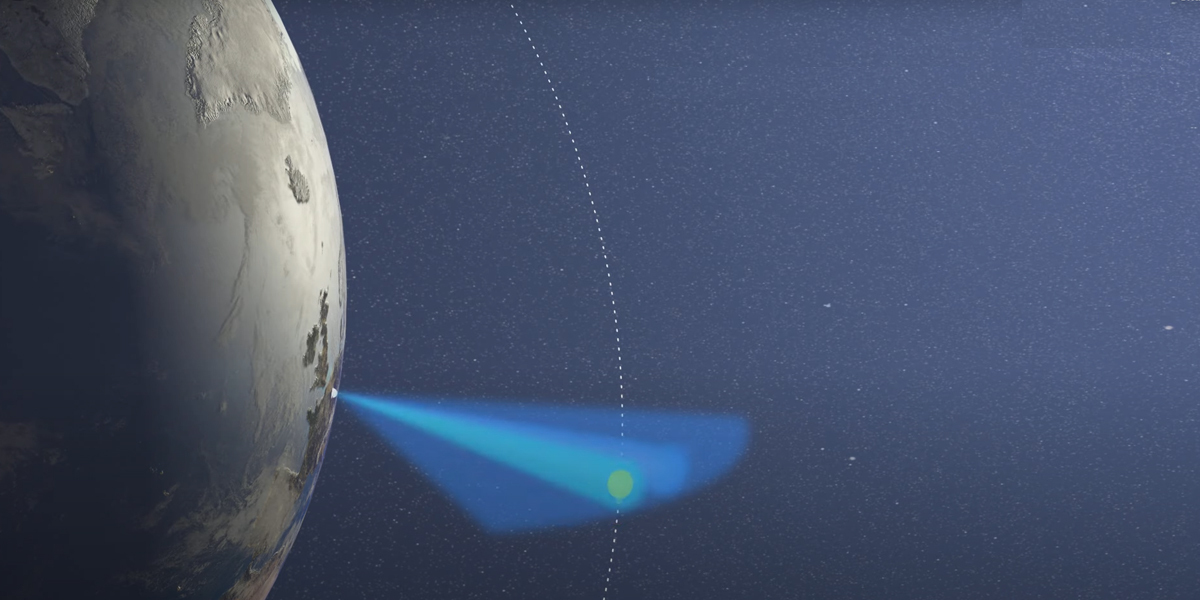
A new era in space observation will begin for Germany – and therefore also for Europe – in 2024. The German Experimental Space Surveillance and Tracking Radar (GESTRA), developed and built by the Fraunhofer Institute for High Frequency Physics and Radar Techniques (FHR) on behalf of the German Space Agency at the German Aerospace Center (Deutsches Zentrum für Luft- und Raumfahrt; DLR), began final testing in December 2023 following an intensive and successful test and verification phase.
This means that this globally unique space surveillance system has entered its commissioning phase, which will last several months. Together with experts from Fraunhofer FHR, the German Space Agency at DLR carried out tests at the German Space Situational Awareness Centre (GSSAC).
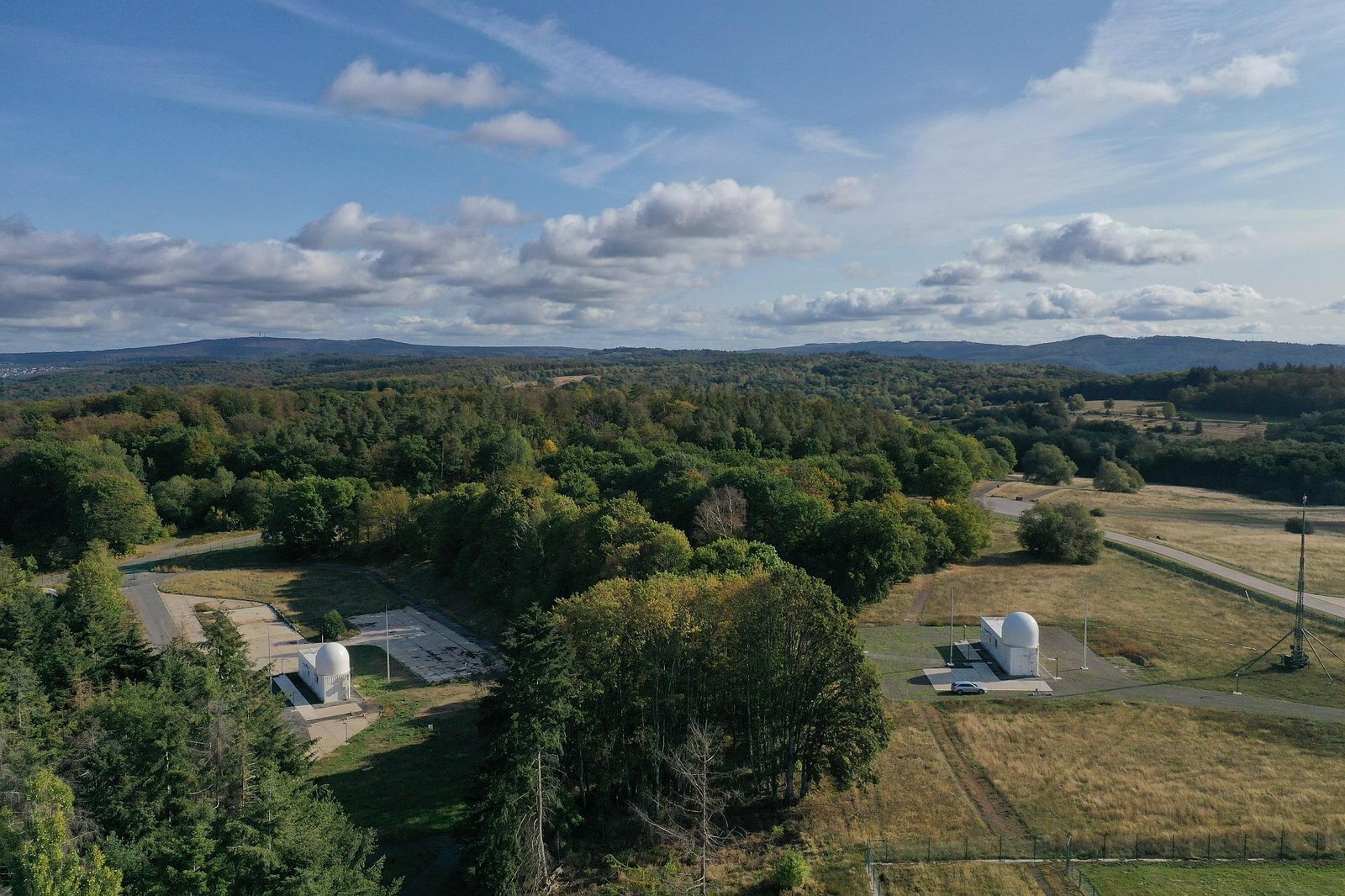
During the demonstration, various radar modes were successfully tested, specifically two different search modes: spotlight mode and tracking mode.
Recorded sightings could be correlated with existing data catalogues for objects in low Earth orbit. An average of more than 200 objects were detected per hour, including small objects (Cubesats) several hundred kilometres away.
In addition to numerous Starlink satellites, Oneweb-0240 (orbiting at an altitude of approximately 1,200 kilometres), NOAA 16-DEB (approximately 825 kilometres), Sentinel 6 (approximately 1,300 kilometres) and the small 20 x 20 x 10-centimetre satellite CUTE1.7 (altitude approximately 600 kilometres) were also spotted. This means that GESTRA already fulfils its requirements even before being fully operational.
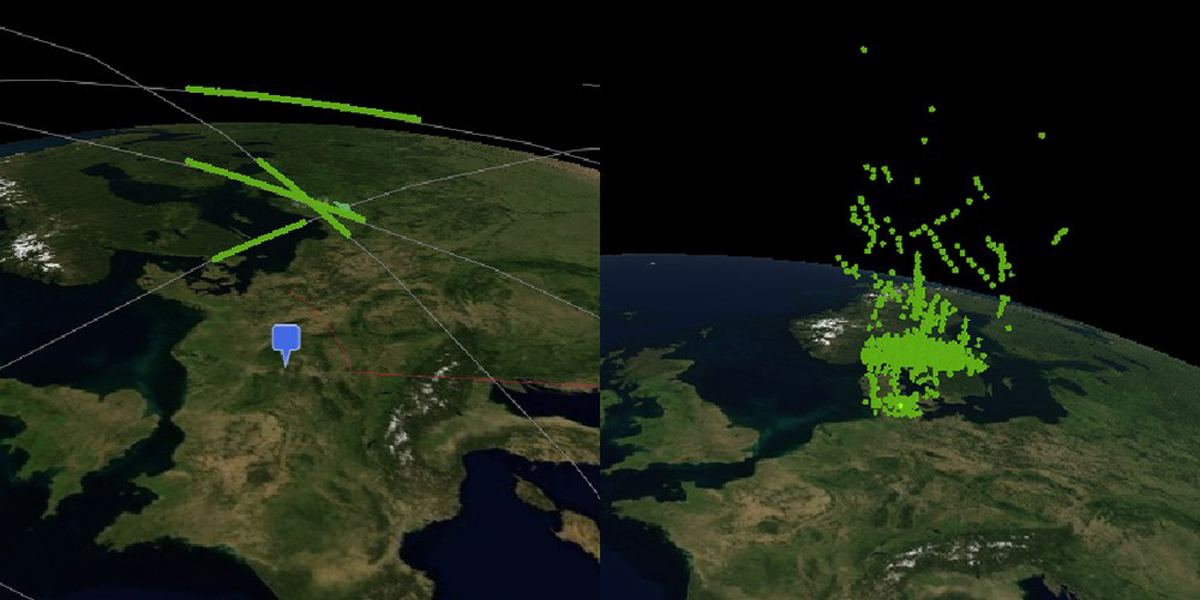
Unique combination
The complex GESTRA radar system comprises a transmitting and receiving antenna, each equipped with 256 individual elements when fully loaded and whose radar waves can be phase-controlled, also known as a phased array.
The transmitting antenna elements are controlled by an extremely powerful amplifier, so the approximately four-metre-long antenna has an immense total output. The elements of the receiving antenna are individually read out digitally and can be combined in real time using special processor units. This allows the two antennas to change their direction of view to within a few milliseconds.
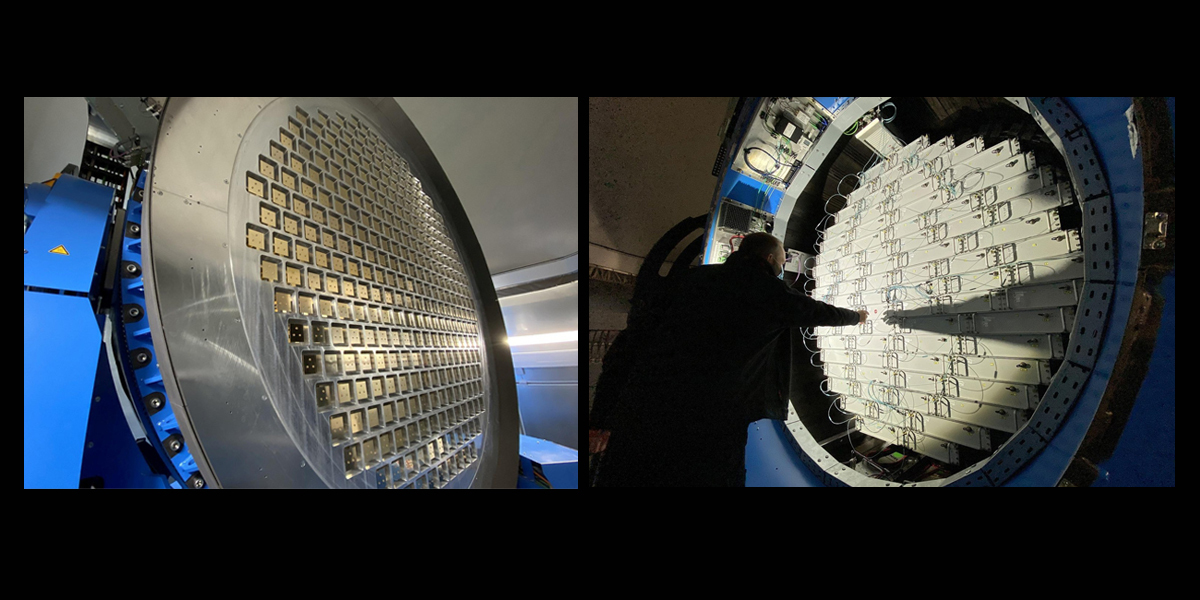
In addition, the antennas can be mechanically aligned using a rotating stand. A separate water-cooling system for each antenna element also contributes to the particularly high radar performance. This further increases the sensitivity of the system.
As a result, GESTRA is not only very dynamic when observing space debris, but also extremely sensitive. The transmitter and receiver are housed in two separate containers, which allows for flexible deployment at different locations. This combination of mobility, digital technology and performance makes GESTRA unique. The system is installed at the Schmidtenhöhe training area near Koblenz.
State-of-the-art radar technology
GESTRA will provide the GSSAC with one of the world's most modern radar systems for space observation in 2024. The GSSAC in Uedem is primarily tasked with creating and evaluating a 'situational' view of space and protecting national space systems from collisions with space debris.
Once GESTRA is operational, employees of the German Space Agency at DLR will control the system from there. This is where all the measurement data will be collected to determine the orbits of recorded objects. It will also be possible to request this data from research institutions across Germany.
GESTRA's potential is also being utilised at European level in the EU Space Surveillance and Tracking (EUSST) project. Measures to integrate the sensor into EUSST will begin at the start of 2024 and be completed in the first half of the year.
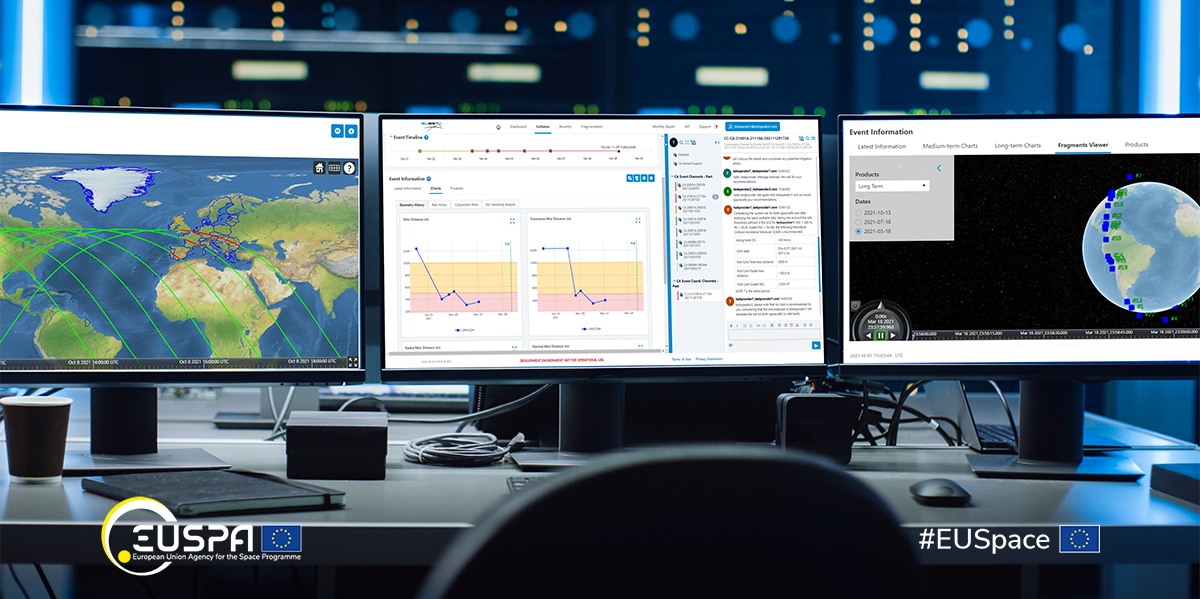
In low Earth orbit, GESTRA is not only able to detect space debris, but also to detect small intrusive satellites from other countries and track their orbits. GESTRA meets all the requirements of civil and military space surveillance and, as a prototype space surveillance radar, is therefore an indispensable building block for a high-performance, internationally networked space security architecture.
Space debris as a threat
Several thousand satellites are in Earth orbit. However, there are also millions of pieces of space debris in this area. In total, this amounts to more than 10,000 tonnes of material.
The majority of debris is located in low orbits at altitudes of up to 2000 kilometres, referred to as 'low Earth orbit' (LEO). A collision with space infrastructure is therefore very likely. The International Space Station ISS, which is orbiting Earth at an altitude of approximately 400 kilometres, is also affected by this.
A continuous supply of reliable space situational awareness data is required to prevent collisions. This can be provided by radar systems such as GESTRA, which was developed by the Fraunhofer Institute for High Frequency Physics and Radar Techniques (FHR) in Wachtberg. Financing was granted by the German Space Agency at DLR with funds from the Federal Ministry for Economic Affairs and Climate Action (BMWK).
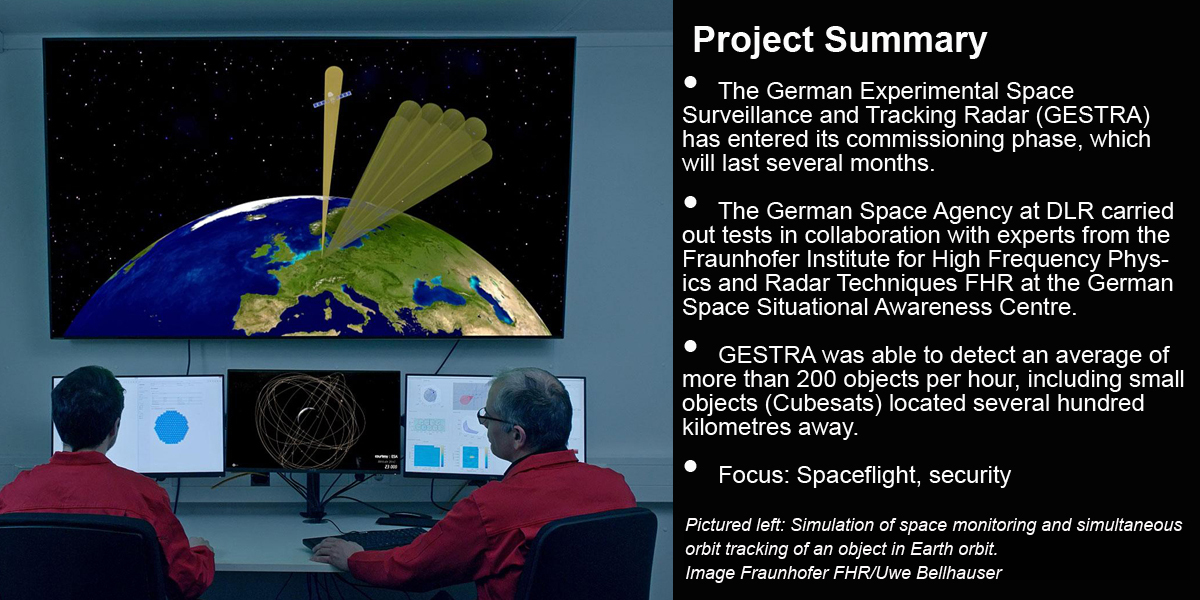
In future, the radar system will be operated by the German Space Situational Awareness Centre in Uedem, which is financed by the BMWK and the German Federal Ministry of Defence (BMVg)
Subscribe to our newsletter
Stay updated on the latest technology, innovation product arrivals and exciting offers to your inbox.
Newsletter

